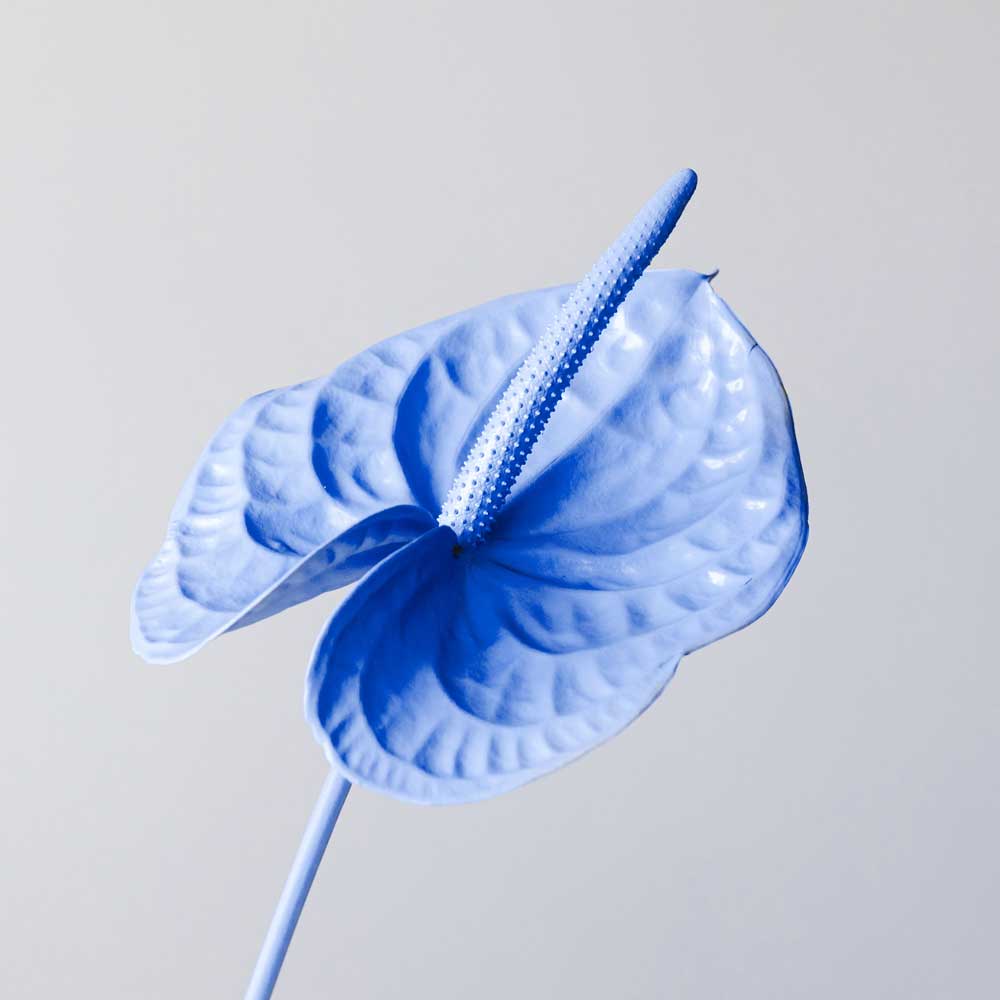polkcares
"Polkcares: Passionate About People, Amplifying Voices"

© 2025 polkcares. Created with ❤️ using WordPress and Kubio
"Polkcares: Passionate About People, Amplifying Voices"

© 2025 polkcares. Created with ❤️ using WordPress and Kubio